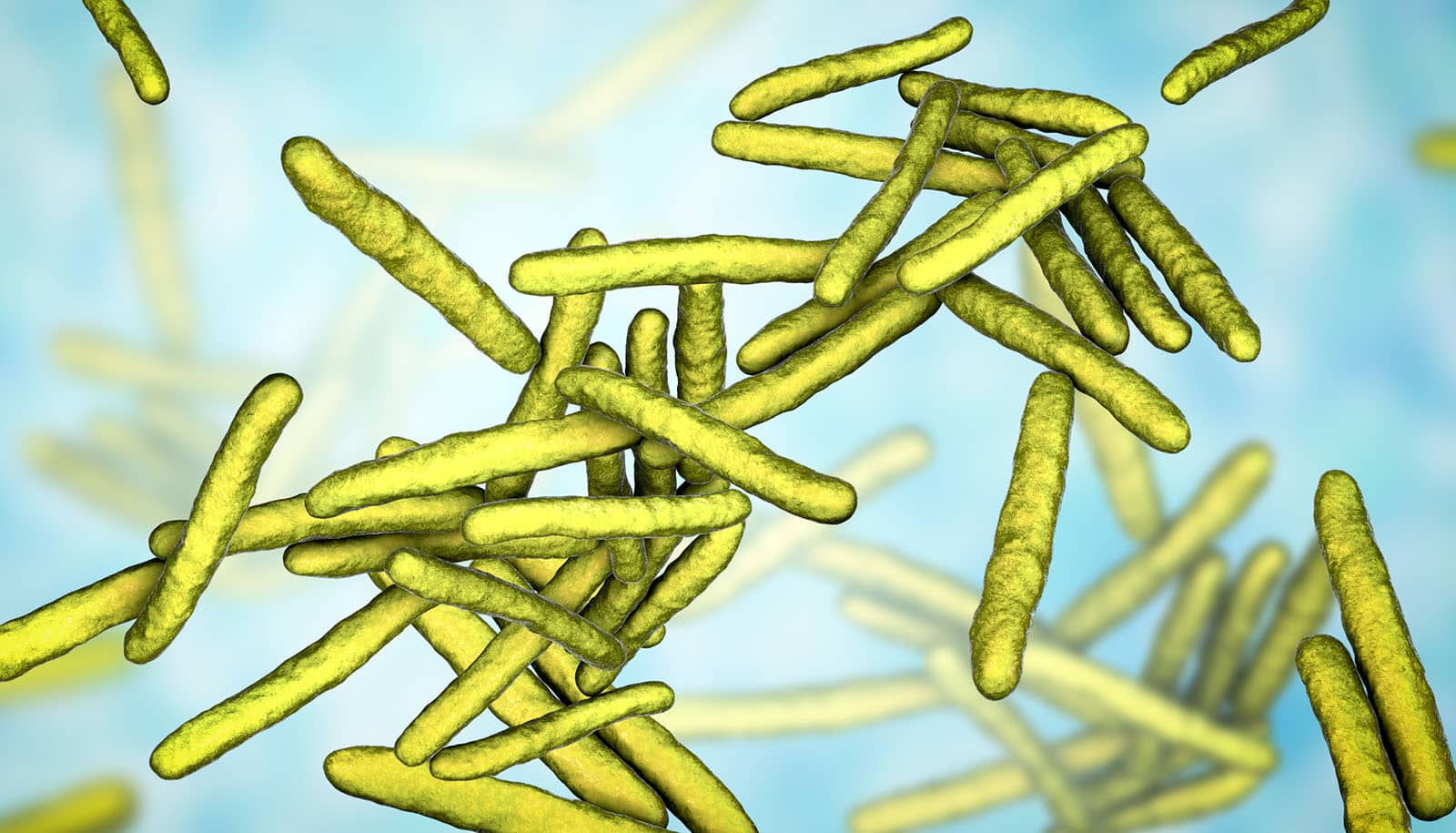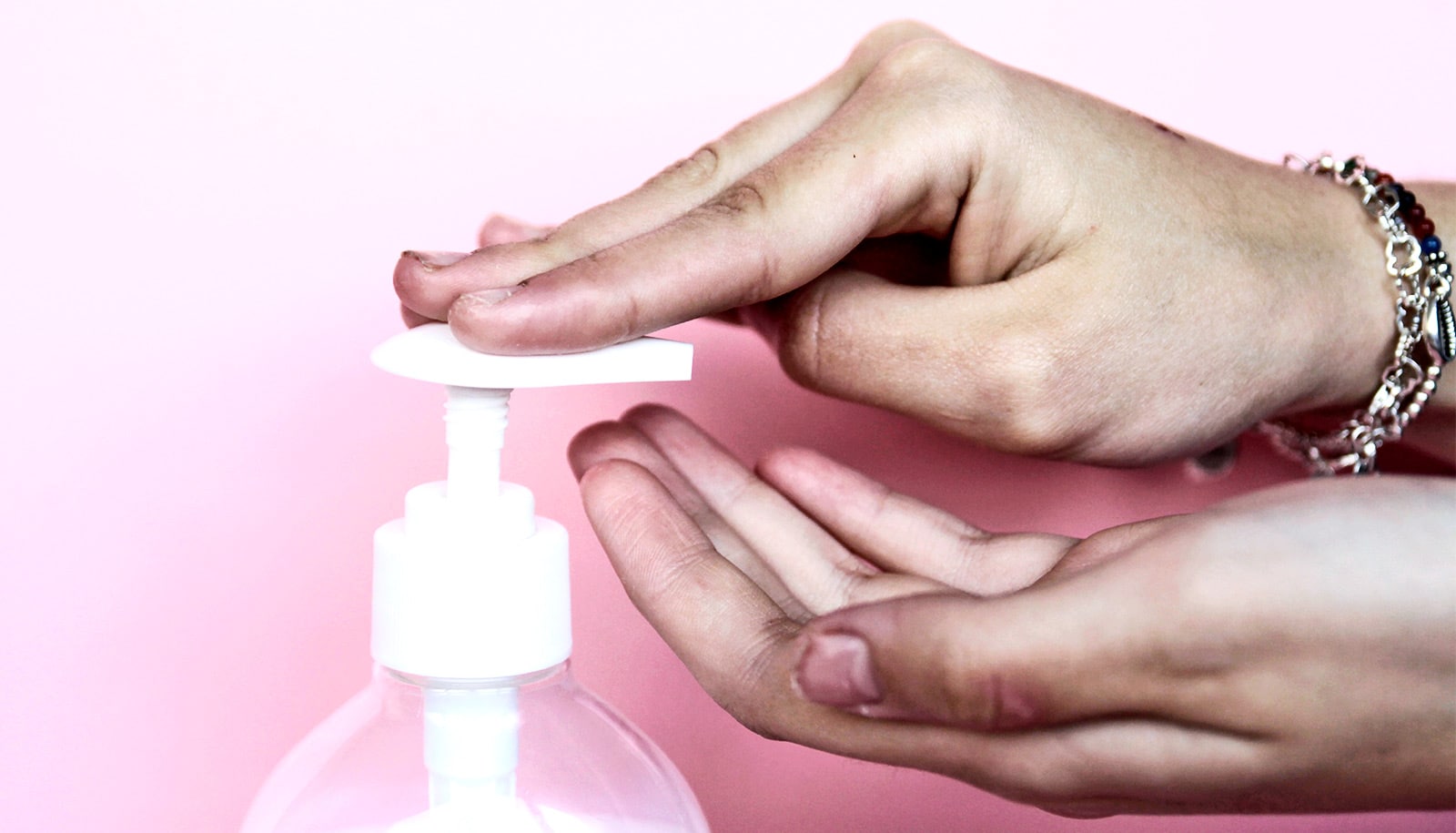
"While there are some that hear leprosy and think it is this biblical disease that is incurable, it's actually very treatable with antibiotic therapy," says Andrea Maderal. (Credit: Getty Images )
Expert: No need to panic about leprosy in Florida
Cases of leprosy are increasing in Florida. Dermatologist Andrea Maderal puts that information into reassuring context.
Cases of leprosy are increasing in Florida. Dermatologist Andrea Maderal puts that information into reassuring context.
The United States Centers for Disease Control and Prevention (CDC) has issued a new report this week warning that the central part of the state is seeing the majority of cases statewide, and one-fifth of all new cases across the country.
And unlike previous cases of leprosy—also known as Hansen’s disease—researchers are still trying to determine how exactly patients are getting the infection.
While in the past, patients diagnosed with leprosy had often traveled to another country where the disease is more prevalent, or they had some contact with the nine-banded armadillo—known to carry the bacteria that causes leprosy—a recent case has not been tied to those two factors. This prompted CDC officials to conclude that the bacteria causing leprosy may have become endemic, or it may now be found naturally in Florida.
Hansen’s disease is an infection caused by a bacteria from the Mycobacterium leprae complex that primarily affects the skin and peripheral nervous system, the CDC reports. Those who contract the infection often have a skin rash that typically involves a loss of sensation, says Maderal , an assistant professor of dermatology at the University of Miami Miller School of Medicine and director of the University of Miami/Jackson Memorial Hospital Hansen’s Disease Program , which is one of 16 federally funded programs across the nation. To confirm that the rash is leprosy, typically dermatologists need to do a skin biopsy , Maderal points out.
And while headlines on Tuesday suggested a dangerous surge in cases, Maderal cautions that Hansen’s disease is still extremely rare, and it is treatable. Annually, only about 150 people get Hansen’s disease in the US and about 200,000 people are diagnosed across the globe.
Here, Maderal addresses questions about the outbreak and the disease:
The post Expert: No need to panic about leprosy in Florida appeared first on Futurity .
How can one notice if they might have leprosy?
Usually, people who get a diagnosis do so because they have developed a rash, and one of the hallmarks of leprosy is that you lose sensation in the area of the rash. The rash can be in a few spots, or widespread, and there are a lot of different types of lesions. There may also be painful sensations in the hands and the feet with these unusual rashes. And some people who have an immune reaction to leprosy can also have fever and joint pain.
Should people be concerned about the increase in cases in Central Florida?
No. It’s important to know that more than 95% of the population in the United States is naturally immune to the infection caused by this bacterium. And while we don’t fully understand the increase or how it is spreading right now, most of the population of the US would not develop leprosy from it. In the US, we had 159 cases in 2020, which is not a huge number, so there’s no need for panic.
Also, the infection is completely treatable. While there are some that hear leprosy and think it is this biblical disease that is incurable, it’s actually very treatable with antibiotic therapy.
What is the treatment?
It depends on the amount of bacteria that the patient has; however, if it’s not a high level of bacteria we treat them with multiple antibiotics for 12 months, whereas if the bacteria is concentrated at a higher level, we treat them with multiple antibiotics for 24 months.
While they have the disease, patients can also have immunologic reactions, where their immune system is too active. And we have to treat those reactions as well with anti-inflammatory and immunosuppressive medications.
What should you do if someone in your household has been diagnosed with leprosy?
We still don’t know exactly how people contract leprosy. In the past, we learned it was transmitted through respiratory droplets and mostly through prolonged close contact with a person who has it. So, if you live at home with other people who have a high level of this bacteria in their body, you may be at risk. But if you know someone has it in your home, you can now get evaluated to detect the disease early. And after a few doses of antibiotic therapy, the person with leprosy is no longer contagious to anyone.
In addition, we have known for some time about the nine-banded armadillos in places like Florida, Louisiana, and Texas, which can transmit leprosy. People with direct contact with these animals had the highest risk from hunting, touching, skinning, or eating them. But there were also people with indirect contact that still acquired leprosy, so that is still being researched.
Should people in South Florida be concerned that cases may rise here, too?
People should only be concerned about acquiring the infection if they live with or have close contact with someone diagnosed with leprosy. Given the low prevalence rates of leprosy, the risk of transmission from people in South Florida is very low. Additionally, as the nine-banded armadillo does not live in industrialized areas, transmission from zoonotic exposure (or from the armadillo) in this area is very unlikely.
What should you do if you think you may have leprosy?
If someone thinks they have it, they should go see a dermatologist and have a skin biopsy performed. And if someone is diagnosed, we offer trainings through the Hansen’s Disease Program and evaluations for the family.
For more information, Maderal recommends visiting the website for the National Hansen’s Disease Program , which is part of the US Health Resources and Services Administration. There is also information on the CDC website .
Share this article:
This article uses material from the Futurity article, and is licenced under a CC BY-SA 4.0 International License. Images, videos and audio are available under their respective licenses.
Related Articles:
How soap works to keep you healthy
March 19, 2020 • futurity5 tips for summer skin protection
Aug. 10, 2023 • futurityLinks/images:
- https://wwwnc.cdc.gov/eid/article/29/8/22-0367_article
- https://www.futurity.org/jesus-leprosy-stigma-1953742-2/
- https://doctors.umiamihealth.org/provider/Andrea+Dale+Maderal/525780
- https://med.miami.edu/departments/dermatology/divisions-and-programs/hansen's-disease-program
- https://www.futurity.org/skin-biopsy-2808102-2/
- https://www.futurity.org/leprosy-hansens-disease-florida-2953732-2/
- https://www.futurity.org


